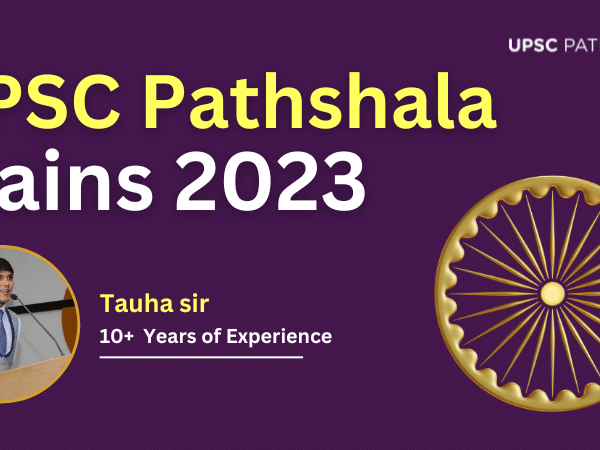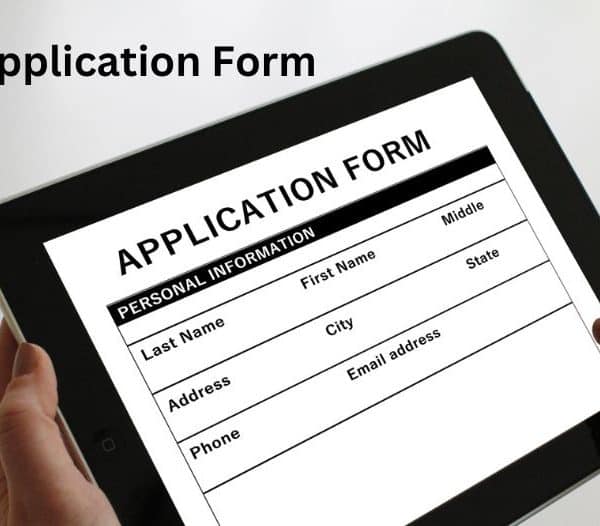UPSC exam requires information and awareness on each sphere from the aspirants. The candidates should keep an eye on all the updates and follow-ups coming from different fields.
This is extremely important because you are aspiring to be an administrative officer and if you have a dream to serve the country, you must know the privileges and disabilities of the society. When you know about the obstacles then only you can plan to work on those issues to uplift society and provide a good life to the people.
This concept is the successor to the Hyogo Framework. The Hyogo came into effect in 2005 and ended in 2015, with the approval of the Sendai Framework. Do you want to know more about the Sendai framework? If yes, you have already visited the right place.
Go ahead and read this article till the end to grab every information and detail about the concept and its impact.
Also Read: What is the Delimitation Commission? UPSC Notes for GS Paper 2
Sendai Framework
If you want to know the Sendai Framework precisely, it is made for Disaster Risk Reduction. It was approved at the 3rd World Conference on Disaster Risk Reduction in March 2015. The conference was held in Sendai which is located in Japan. Talking about India, it is susceptible to natural and man-made disasters.
Therefore, it is an important topic for budding civil servants. Briefly introducing, the Member States of the United Nations Organisation approved the Sendai Framework for Disaster Risk Reduction (SFDRR).
This was done at the Third World Conference on this new process in March 2015, held in Sendai, Japan. This treaty is not binding upon the member states and is voluntary. Moreover, the primary role of the Member States is to reduce the identified disaster risks under the framework. The Sendai framework has a time frame of 15 years, i.e., 2015-2030.
The concept comes with the implementation, follow-up, support, and review of the Sendai concept in which the United Nations International Strategy for Disaster Reduction (UNISDR) is tasked.
Notes on Sendai Framework for UPSC
Well, the aspiring civil servants must know that the predecessor to Sendai Framework for Disaster Risk Reduction was the Hyogo Framework for Action (2005-2015). It is an all-inclusive international accord on disaster risk reduction.
Moreover, the Hyogo protocol was successful in galvanizing many stakeholders including the commercial sector, NGOs, scientists, and governments in making progress towards disaster risk reduction.
The objective of the framework says that the framework comprises a set of standards as well as an all-encompassing the massive concept containing achievable targets. Also, it contains an instrument with a legal basis for disaster risk reduction. The framework primarily aims at achieving a substantial reduction of disaster risk.
Also, the objective is to achieve great execution at disaster losses in lives, livelihoods, and health; in the environmental, cultural, social, physical-economic assets of people, communities, businesses over the next 15 years.
The concept requires the splitting of responsibilities between the government, stakeholders, and private sectors. It prominently emphasizes the climate, human health, and well-being as well as the sustainable development goals.
Also Read: Uniform Civil Code in India: Suggestions, Challenges and Essay for UPSC Notes
Sendai Framework for Disaster Risk Reduction
The major priorities of the Sendai framework for the reduction include understanding the disaster risk. The other one is investments in disaster risk reduction for resilience and strengthening the governance of disaster risks for managing disaster risks.
This framework is developed and approved for human welfare. It focuses on the priority of improving disaster preparedness to ensure effective response, recovery, reconstruction, and rehabilitation. The Sendai framework majorly aims to guide the multi-hazard management of disaster risk in development at all levels as well as within and across all sectors.
According to the stats, over the 10 year time phrase, over 700 thousand people have lost their lives along with 1.4 million injured and approximately 23 million homeless people due to disasters.
Also, the facts say that 1.5 billion people have been affected by the disasters in different ways including the disproportion of women, children, and older people.
Also Read: What Happened in the 2008 Crisis? An Important Financial Crisis Topic for 2021 UPSC Notes
Some more UPSC Notes on Sendai Framework
The Sendai Framework works with the approach to 2030. This has happened for the first time that the goals are defined in terms of outcome-based targets rather than focusing on sets of activities and actions.
The biggest benefit is the significant shift from an earlier emphasis on disaster management to addressing disaster risk management itself by emphasizing the underlying drivers of risk.
The departures of the project talk about the places of the governments at the centre of disaster risk reduction with the framework emphasizing the need to empower and strengthen the disaster risk governance. The plan puts equal importance on all sorts of disasters and not only on those arising from natural hazards but also on the human arisen ones.
This pays considerable attention to environmental aspects in addition to social vulnerability. This works through a strong recognition that the implementation of integrated environmental and natural resource management approaches is needed for disaster reduction.
India’s Initiatives
It is extremely significant to know India’s perspectives and initiatives in this hugely important concept. India’s initiatives include that it has released the first-ever National Disaster Management Plan. It is a document based on the Sendai Framework for Disaster Risk Reduction. Also, this plan is based on the four priority themes of the Sendai Framework. The themes names are: understanding disaster risk, improving disaster risk governance, investing in disaster risk reduction and disaster preparedness, early warning, and building back better in the aftermath of a disaster.
The framework is designed according to the structure that it can be implemented in a scalable manner in all phases of disaster management. Moreover, this plan works on a regional approach.
The approach will be beneficial not only for disaster management but also for development planning. It is highly advantageous as it identifies major activities such as early warning, information dissemination, search and rescue, medical care, transportation, evacuation, etc. This helps to serve as a checklist for agencies responding to a disaster.
Also Read: How do Interest Groups Influence Public Policy in India? Here’s All You need for UPSC Notes
UPSC Preparation
This phase requires knowledge and understanding of every aspect. Learning about the Sendai Framework is a great way to reduce disaster risk. Factually, there is a need to address existing challenges and prepare for future ones by focusing on monitoring, assessing, and understanding disaster risk and sharing such information.
This framework has great approval for disaster management. It also notes down the significance that it is “urgent and critical to anticipate, plan for and reduce disaster risk” to cope up with any disaster arising from the destruction of natural and man-made things as well as lives.
Also Read: History of India and Indian National Movement: Learn the Most Important UPSC Notes!
Conclusion
Therefore, all the details of the Sendai Framework are covered in this article to provide you with the best UPSC notes for your UPSC preparation. You could be asked about any topic in the exam as well as in the interview. So, you must be well prepared beforehand to answer the questions perfectly and make your position in the top list.
If you have a desire to be a government officer, there is nothing better than visiting the UPSC Pathshala website. All the experts guide the aspirants to be at their best in the examination. Also, the articles about different topics and fields can benefit you largely for the UPSC notes.
Apart from the notes, you can get timetable ideas, biographies of the toppers, preparation tips, and everything related to this esteemed examination. So, visit the right place to achieve your target.







